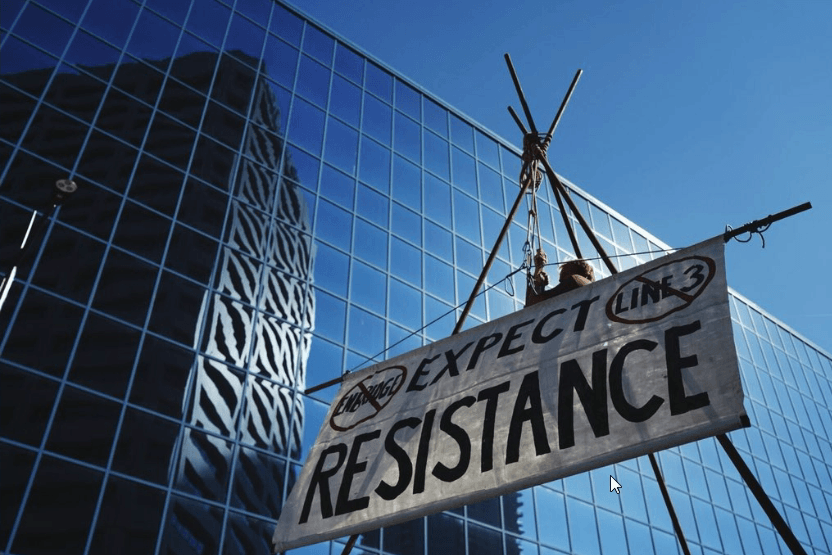Line 3 still has regulatory ground to plow before bringing in bulldozers

Before Enbridge Energy can bring in the bulldozers and backhoes to build its Line 3 pipeline across northern Minnesota, it still has to go through more months of regulatory scrutiny.
The project took a big step forward late last month when it won approval from the Minnesota Public Utilities Commission after nearly four years of review — but it was by no means the last hurdle the controversial project faces. Gov. Mark Dayton's office has tallied 29 more approvals needed before construction can start.
And even if Enbridge gets all of those permits approved by state agencies, county governments and federal regulators, there's still the likelihood that one or more decisions will be challenged in court.
"Patience is a virtue in advocacy for large-scale infrastructure projects and large-scale natural resource development projects," said Nancy Norr of Jobs for Minnesotans, a group that supports Line 3.
Create a More Connected Minnesota
MPR News is your trusted resource for the news you need. With your support, MPR News brings accessible, courageous journalism and authentic conversation to everyone - free of paywalls and barriers. Your gift makes a difference.

The company expects the bulk of the permits will be in hand by Nov. 1, according to Guy Jarvis, executive vice president for pipelines and projects at Enbridge.
"Once you have all that, it's still several months of mobilization before you're actually out doing significant construction," he said, predicting that construction could start in early 2019.
The first thing on Enbridge's to-do list is filling in the details on an agreement with the PUC to adhere to certain conditions. That includes a plan for paying for cleanup, should the new pipeline spill, and offering jobs to Native American contractors. Those details are due next week, and project opponents say they'll be heavily scrutinized.
"We still have a long way to go at the PUC," said Scott Strand, the attorney representing Friends of the Headwaters. He says once the conditions are clarified, groups opposing Line 3 can ask for reconsideration, and can also ask the Minnesota Court of Appeals to review the decision.
As for the two dozen plus permits Enbridge needs, Strand says some of them, especially those that fall under the federal Clean Water Act, could take a long time. There are also permits involving land use, air quality and endangered species.
"It's too early to know what's going to happen. There's a lot of things that have to be decided between now and the time any kind of a pipeline project were to start," Strand said. "And in the meantime, the economics of all of this can change."
That includes the global price of oil. And this fall's election results could also have an impact on how fossil fuel infrastructure is regulated both in Minnesota and nationally.
Some of the state agencies expecting permit applications from Enbridge haven't received them yet. That doesn't surprise Willis Mattison, a retired Minnesota Pollution Control Agency official who has been a vocal critic of the project.
"They must know that the headwinds are still against them," he said. "Even though they got past this preliminary part, they have some major battles to win yet."
For example, Mattison said, the state certification of a federal water quality permit could get complicated, because Enbridge will be disturbing thousands of acres of land previously untouched by pipelines.
"These waters are extremely sensitive to disturbance. So to think you can cut a swath several hundred feet wide across these waters, disturb the ground and surface water flows, plants and organisms that grow there and not adversely impact the ecosystem is folly," he said.
By law, environmental impacts must be minimized, but sometimes potential impacts don't surface until construction. A pipeline on the East Coast was forced to halt construction earlier this year to protect endangered bats and birds.